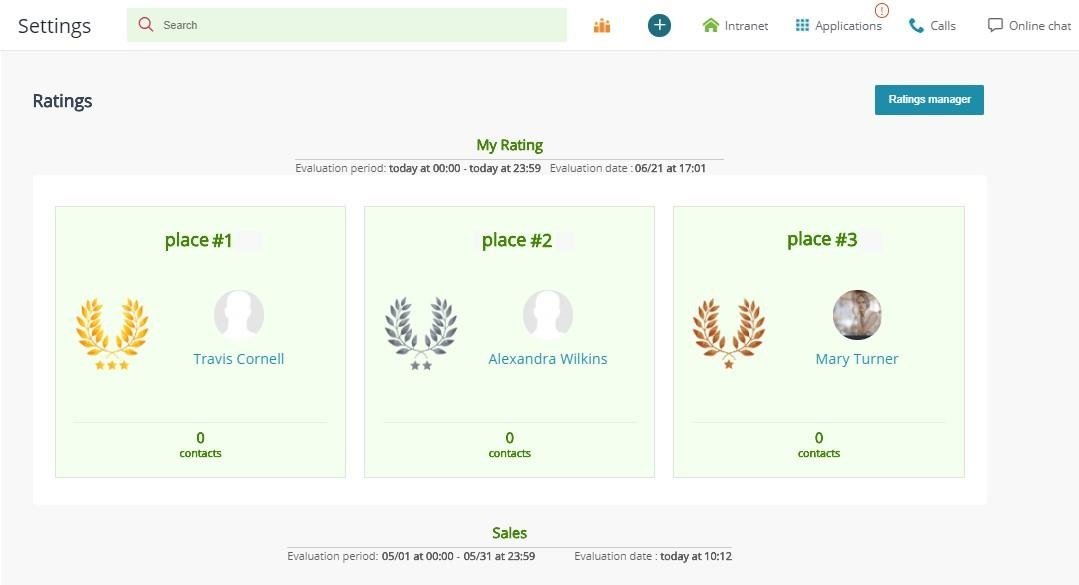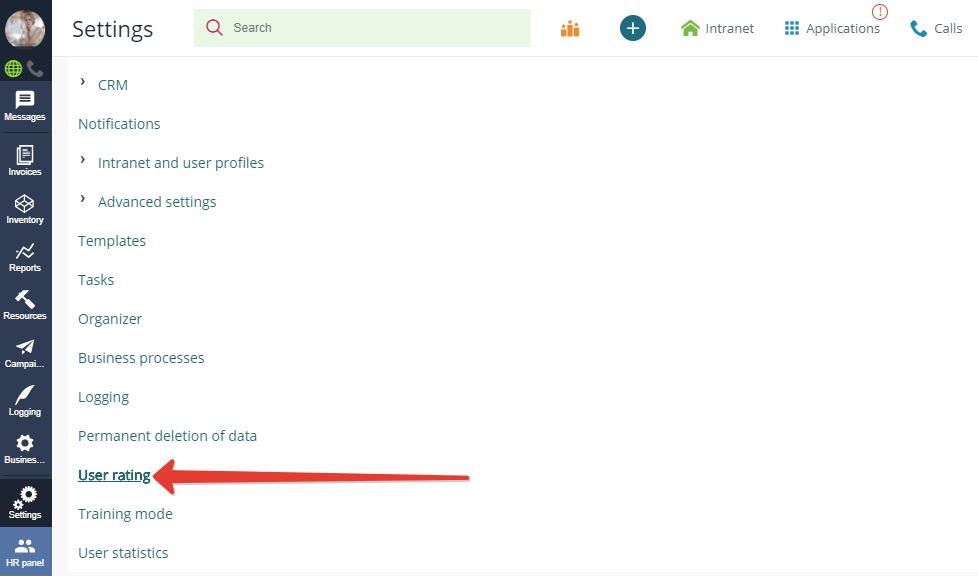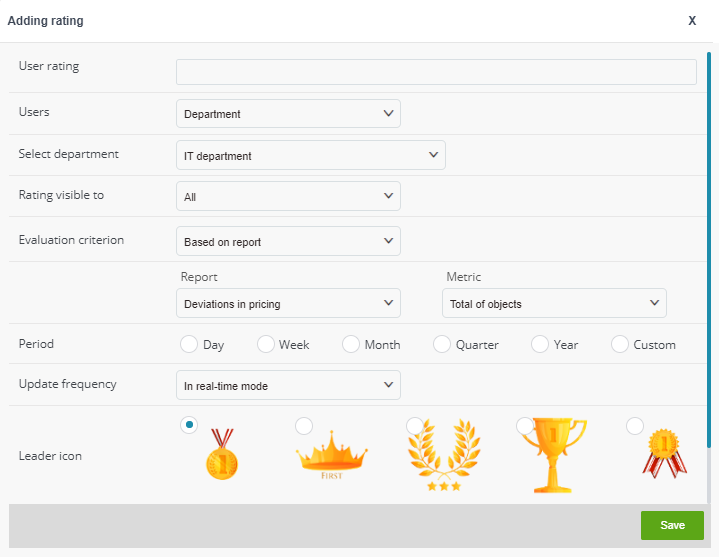Some may use KPI only for staff assessment, while experienced managers employ it to analyze the strategic and tactical achievements of the company as a whole. Below you can find the description of this method and its advantages — and decide, whether you want to use it or not.
KPI is far from being an abstract notion — it is rather an exact value. Each company has efficiency indicators of its own: profits, turnover, expenses, marginality, receivables, etc. — and they all contribute to the overall company KPI. If you want your business to succeed, you need to control and improve these indicators all the time.
what to monitor
In order to answer this question, you need to:
1. Locate and define the business processes that lack monitoring and define the control points: for example, final result, use of resources, consistency, cost/benefit balance, etc.
2. Set global goals and deadlines: for instance, company growth and development, expanding customer database, client service improvements, leaving competitors behind, taking leading positions in the industry, increasing turnover, etc.
3. Set target KPI for each employee responsible for a certain domain and the indicators to show you are moving in the right direction. The main requirement is feasibility of results that require certain effort from employee. Any deviation in the target feasibility — either up or down — can result in staff demotivation. You also need to set clear targets and think of additional incentives. CRM analytics and reports will help you easily control results (such as deals progress over stages and average duration of deal closure) and make forecasts about potential revenue.
Every company has business indicators of its own. Here are a few common ones:
- Efficiency of business processes. For example, the speed of processing a client's request.
- Number of calls, emails, appointments, and successfully closed deals.
- Efficiency of client communication: customer satisfaction and loyalty, expansion of database and attracting new clients, number of new leads ready to purchase and returning customers.
- Financial indicators: profits, marginality, turnover, efficiency of investments, average deal value, receivables, etc.
- Company growth and development: fluctuation of manpower, staff efficiency/productivity, motivation, training expenses, etc.
- External factors: market movement, competition, price formation.
Consider these indicators when creating custom KPI for your company.
When done with the overall KPI, you can go on to set individual KPI targets for managers, branches, departments, and employees. Do not overindulge, however: 4-5 KPI indexes combining both individual (personal) and general (department, for example) indicators would be quite enough. In most cases, general indicators give an idea about personal ones.
4. Finally, compare the analytics you got to the company targets and estimate your advancement, progress pace, and need for improvements.
how CRM can be of help
First, CRM collects and registers all the information and data.
Second, CRM provides daily, weekly, monthly, and custom period analytics upon your request.
Third, CRM allows targeting for managers, ratings of staff efficiency and performance (staff activity analytics). There is no need to waste your time on making reports — CRM will take care of them: all you need is just set the assessment parameters, for example, timely submission of documents and accurate tax reporting for accountants, or won cases for lawyers, etc.
Individual staff KPI form the overall company KPI by the principle of induction.
In APRO CRM you can create ratings based on statistics (calls, deals, and other activities) and custom parameters:

It is possible to create parallel ratings based on different indicators for separate departments and branches, and set access permissions for each of them:

Adding and editing of ratings are only permitted to CRM administrators:

CRM analytics helps you monitor and control business indicators. Read more about what reports CRM has to offer.
In order to monitor KPI by reports, you need to control the following indicators:
- Deals progress by stages.
- Average duration of deal closure.
- Number of processed requests, new leads, deals, and average deal value.
- Number of calls, emails, appointments, and other types of staff activity.
a few more facts about KPI
KPI represents a great opportunity to assess the personal contribution of each staff member to the company development and appreciate it accordingly. For staff members, KPI ensures the transparency of tasks, deadlines, and rewards system.
Sometimes, a poorly estimated KPI can damage both company and staff. For instance, one of the most common mistakes of call centers is time limit for client conversations: in their strive to hit the daily target, operators are forced to round up conversations as soon as possible → this is very irritating to customers → the quality of service decreases → so does customer loyalty.
Alternatively, you can introduce quality KPI instead of quantity one, and assess staff by the level of customer satisfaction and the efficiency of troubleshooting.
Before introducing a KPI of any sort, make sure it is sustainable by testing it in one department, for instance: reveal the weak points and make necessary corrections.
- All company staff must be united by one common goal.
- KPI indicators can and should be modified in the long run in order to fit the changing requirements of your company.
- Always keep your KPI system updated: revise, optimize and improve it at least twice a year: time, together with the ever-changing economical environment, can prove it inefficient.
